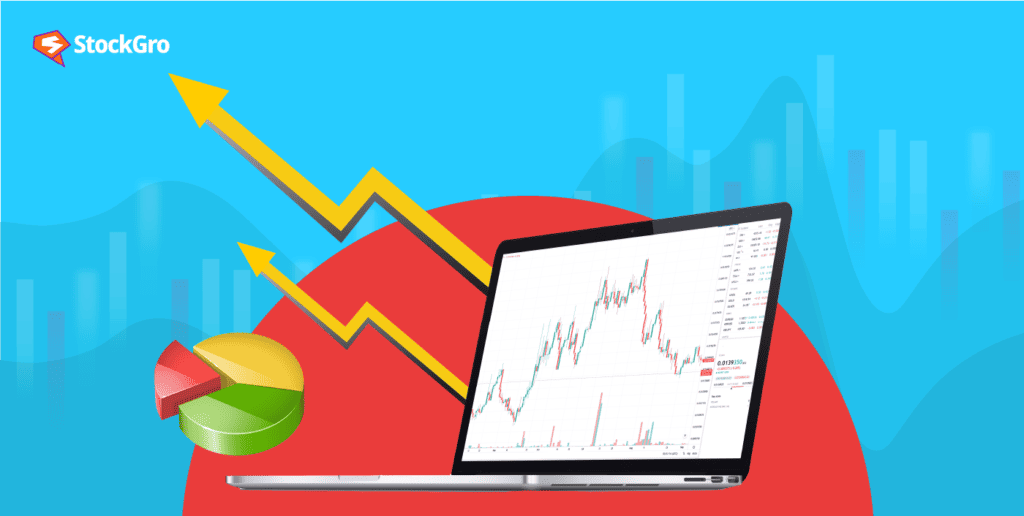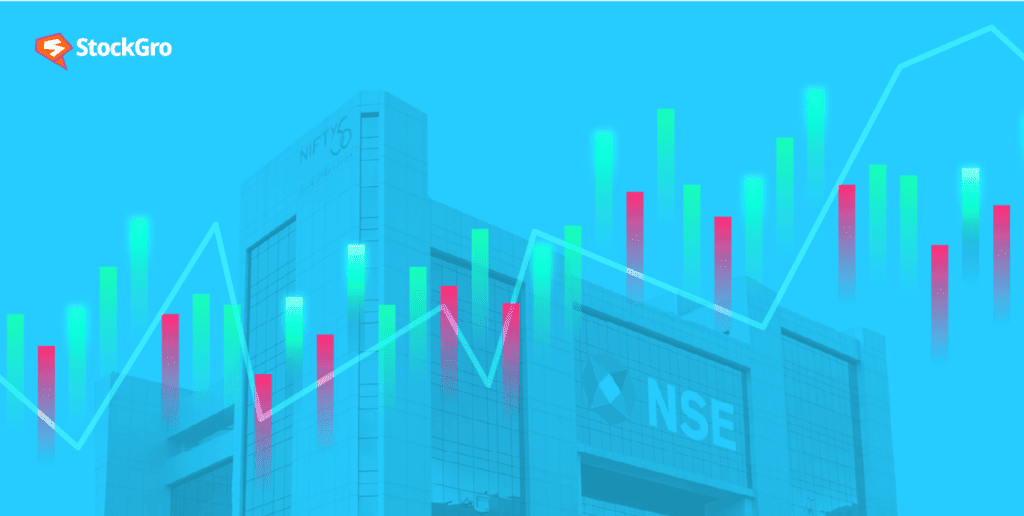
There is no magic formula to strike gold every time you invest. However, if you know the trends well, then you can stay ahead in the game. Analysis of trends is one statistical process that is helpful in understanding the trends and patterns in market information over a stretch of time.
While there are many investors who swear on trend analysis, you can find many experts not willing to give it a try. Which way should you go?
This procedure is a common practice in various fields. This includes economics, finance and marketing. This helps to forecast the trends in the future so that you can make better decisions while investing. And if you are new to the world of investment, then there are certain things that you should know.
How should you define trend analysis?
Basically, this technique is useful to identify the different trends and patterns of the financial trend of a company that you are investing in. The process involves comparing financial information to understand the practices and trends.
This helps analysts, as well as investors, to make better and more confident decisions about the possible prospects and financial health of the company. You can apply trend analysis to different metrics of finances. This includes everything from:
- Profits
- Revenues
- Margins
- Expenses
The specific pattern and the trends help to detect patterns of performance. Whether you are an analyst or an investor, you can get help understanding the possible hazards and opportunities in choosing the company.
For trend analysis, investors often use financial parameters like margins, profit, expenses and revenues. With these metrics, professional analysts would pinpoint the patterns and trends that give insights into any company’s future prospects and financial performance.
Also Read: What are financial securities? Examples, types, and importance
How can you know the trend further?
Overall, the trend is the direction of the market well within a specified time period. This means that trends can go downwards and upward, keeping with the bearish and bullish market.
However, no particular time is needed to consider the trend’s direction. Generally, the longer it stays in the market, the more noticeable it is. Trend lines, or the drawing that joins price action, mark uptrends and downtrends.

Is there any formula for accurate trend analysis?
There is no definite formula for trend analysis. It differs on the metrics of finances that you consider.
Nevertheless, the standard approach calculates the percentage change in metrics during a definite period. The shortest formula could be:
PC(change of percentage)= [percentage ( value in current time – value that prevailed previously)/ value that previously existed] x 100
You can take this trend analysis example. If one analyst determines the change of percentage in the revenue for more than two years, then they would utilise this equation:
For example, when a professional analyst determines the change of percentage in revenue for more than two years, he would utilise the equation discussed below:
Change of percentage in revenue= [(revenue generated in current year - revenue generated in previous year)/ revenue generated in previous year] x 100
When you calculate this change in percentage, your analyst will graph the data and detect patterns and trends.
How to do trend analysis accurately?
The procedure of trend analysis includes monitoring and analysing the financial data of an enterprise over a specific time. This helps to identify the trends and patterns in the way it performs. Here are details of the steps involved in trend analysis.
- Gathering financial data: You can find this data on the company’s financial statement. This involves documents like income statements, statements of cash flow and balance sheets.
- Choosing the metrics for analysis: These metrics depend on research goals and specific analysis. For example, as an investor, you need to focus on the profit and revenue margins to decide on the growth and profit possibilities of the company.
- Calculating the percentage of change: When analyzing finances, choose relevant time periods and gather enough trend data to understand patterns and trends. Analysts use formulas to compute percentage changes in metrics.
- Data plot on the graph: Analysts use linear graphs to plot changes in finance metrics over time. This helps identify patterns and trends.
- Analysing the patterns and trends: Finally, analysts look at whether there is any consistent or significant change over time. The professionals also check external factors, like market change or industrial changes, that might have an effect on the data.
You may also like: What is personal finance, and why is it important?
What are the different types of trends for analysis?
There are three major types of market trend analysis. They include:
- Upward trend: The bull market is a period when prices soar up in a particular market or security. Such trends generally show signs of a positive economy. Factors like favourable economic situations, strong demand and rising profits accelerate its growth.
- Downward trend: The bear market is the period when the price of the market or particular security starts falling. This is a sign that the market is relatively weak. And factors like unstable economic conditions, declining profit and weak demands can weaken the market.
- Sideways trend: The range-bound market is a time phase when a particular market or security goes into a stable phase. Such trends have characteristics like fluctuations in price, lacunae of clear direction and comparatively narrow range.
Benefits of trend analysis
As a tool, trend study and analysis help to predict the future performances of the market. Some of its other benefits are:
- Identification of opportunities: Trend research and analysis help identify the scopes in a rising market and make well-strategized decisions for capitalisation.
- Foreseeing the performance in the future: Analysis of trends offer the companies the chance to use historical data and forecast future performances. This makes different businesses more confident about taking decisions on vital areas. Such spots include staffing, investment and other factors.
- Tracking procedure: Businesses take its help to track and identify places where improvement is possible. This allows them to stay safe and on track along with their business goals. Accurate analysis so helps to shape and make adjustments to the existing strategies if the need arises.
- Risk management: Different enterprises can identify, as well as proactively manage probable risks by analysing trends.
Also Read: How to trade in options and maximise your profit?
What are the downsides of trend analysis?
Despite all its advantages, there are some industry experts who do not actively support trend analysis as they argue that in the world of the stock market, past performance does not always predict the future accurately.
The last records are an essential tool for trend monitoring and analysis. The critics point out that history does not necessarily repeat itself.
Furthermore, some experts are of the opinion that trend analysis might not be very useful when the market is strong. And with inaccurate, incomplete, or somehow flawed data, the analysis can also be flawed or misleading.
Again, various statistical information might result in various analytical information. This can lead to further confusion.
Conclusion
Despite all the arguments against it, investors do seem to rely on the well-known phrase, “The trend is a friend”. Investors enjoying a good amount of profit often admit to following the trend.
Also, trend analysis is not a shortcut method. It takes a thorough knowledge of the market dynamics and a keen, detailed eye to make accurate monitoring. And following the trend blindly can lead to regrettable results. So ensure that you do it with great care.

